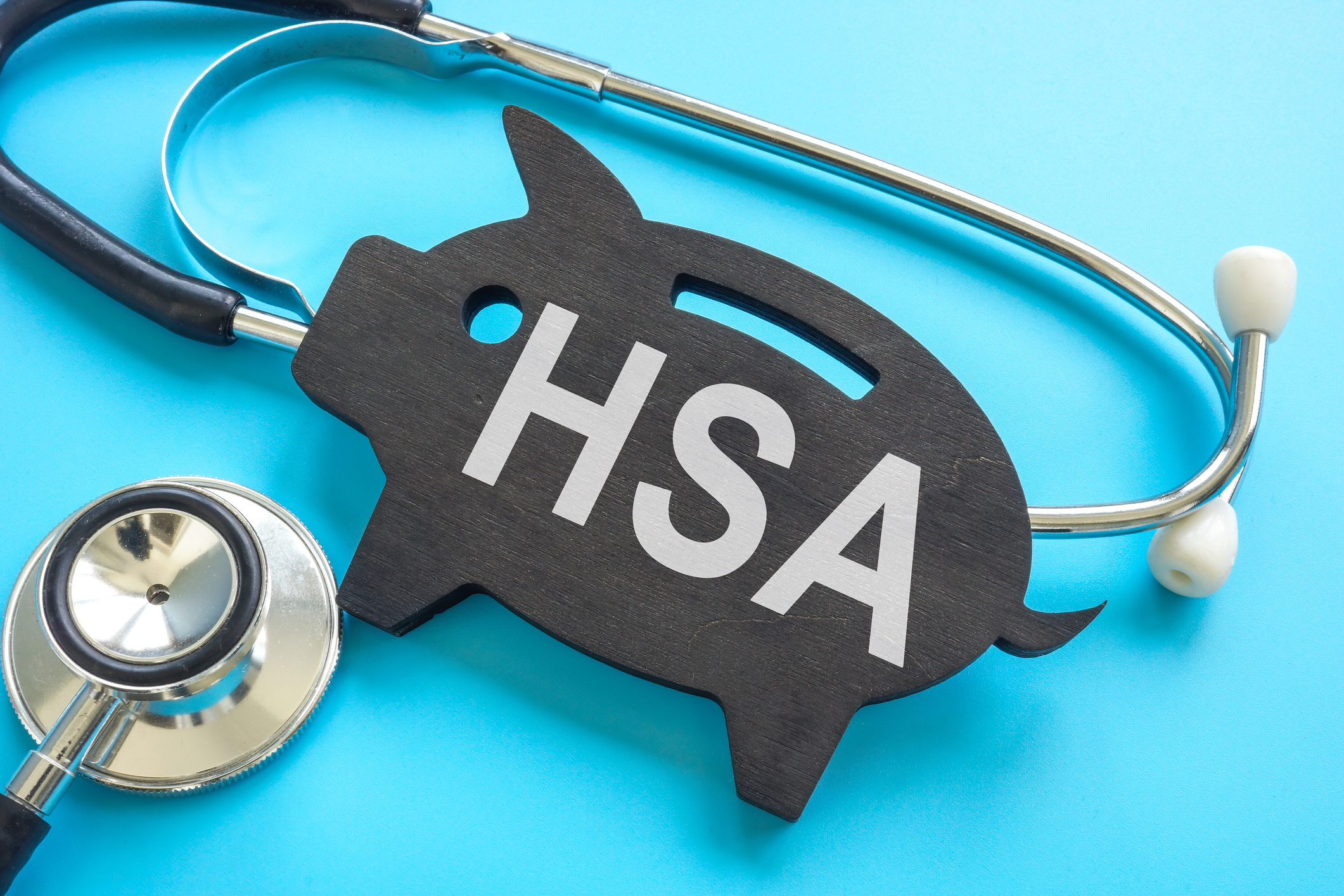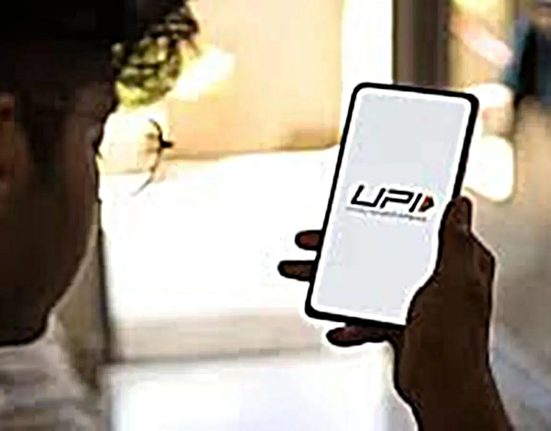A health savings account is a remarkable tool to help pay for out-of-pocket medical expenses.
HSAs offer a triple tax advantage: Contributions are tax-deductible (up to $4,300 for self-only coverage and $8,550 for family coverage in 2025, plus an extra $1,000 if you’re 55 or older), growth from the account’s investments is tax-deferred, and withdrawals are tax-free for eligible expenses.
You must have a qualifying high-deductible health insurance plan to fund an HSA.
Sign up for Kiplinger’s Free E-Newsletters
Profit and prosper with the best of expert advice on investing, taxes, retirement, personal finance and more – straight to your e-mail.
Profit and prosper with the best of expert advice – straight to your e-mail.
HSA reimbursement options
You can use HSA money for out-of-pocket expenses, including insurance deductibles and co-payments, as well as items ranging from pain-relief medication to bandages to hearing-aid batteries.
The Health Equity website has a list of qualifying expenses. If you make a non-qualified withdrawal, you’ll owe income tax on it, plus a 20% penalty if you’re younger than 65. After you turn 65, you’ll owe income tax but no penalty.
Unlike flexible spending accounts, HSAs don’t impose a deadline by which you must use the funds, and you can get reimbursement for qualifying medical expenses at any time.
For example, you could claim HSA funds years from now for a medication you buy today, as long as you owned the HSA when you made the purchase.
The ability to hold on to HSA funds over the long term is valuable.
If you can afford to avoid tapping your HSA during your working years, the account may grow significantly from your contributions and investment earnings; HSAs typically allow you to invest in stocks, mutual funds and other securities. In retirement, you can use HSA money to pay for qualifying medical expenses, including premiums for Medicare Part B and Part D and Medicare Advantage.
When you’re ready to claim HSA money, you may be able to go to your provider’s web portal and transfer funds to your checking or savings account. In addition, some HSA providers allow you write yourself a check from your account.
If your HSA comes with a debit card, you can use it to make eligible purchases directly — for example, at pharmacies or doctors’ offices.
And depending on your HSA provider, you may be able to withdraw funds from an ATM to reimburse yourself for out-of-pocket medical expenses.
Tracking HSA paperwork
Even if your HSA administrator doesn’t require you to submit receipts for reimbursement, it’s a good idea to hang on to them, says Michael Eldredge, product manager for HSA provider Inspira Financial.
You’ll need them for your tax records in the event you’re audited. If your doctor provided letters of medical necessity for certain purchases, save the letters in case your HSA provider or the IRS requests proof that the HSA expenses were eligible, says Itamar Romanini, vice president and general manager of online retailer HSA Store.
By hanging on to payment records, you can keep track of any expenses that you don’t claim right away, too. File receipts and explanations of benefits in a safe place at home, or save them digitally.
HSA Store’s free ExpenseTracker Mobile App lets you store and upload images of receipts. With TrackHSA ($1 a month after a 30-day free trial), you can upload receipts and organize expenses by year so that you can easily find them later.
Note: This item first appeared in Kiplinger Personal Finance Magazine, a monthly, trustworthy source of advice and guidance. Subscribe to help you make more money and keep more of the money you make here.







